I bought a couple of Italian made 1860 Colt clones. These revolvers are made by Pietta and sold by various outdoor supply companies. I purchased this pair from Cabelas.
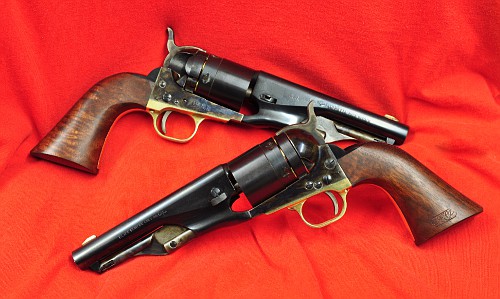
I decided to do a cartridge conversion using the Kirst cylinders. This was a very easy conversion and the pistols served me well through an entire season of Cowboy Action Shooting.
After approximately 1000 rounds being fired, I started to experience misfires. Upon further inspection it was shown that I had light hits on the primers. Upon further investigation I determined it was not from a weak spring or the hammer being impeded when it fell. It turned out to be the face of the hammers is quite soft and the firing pin on the Kirst converters is very hard. The hammer faces were peening over and not pushing the firing pins in far enought.
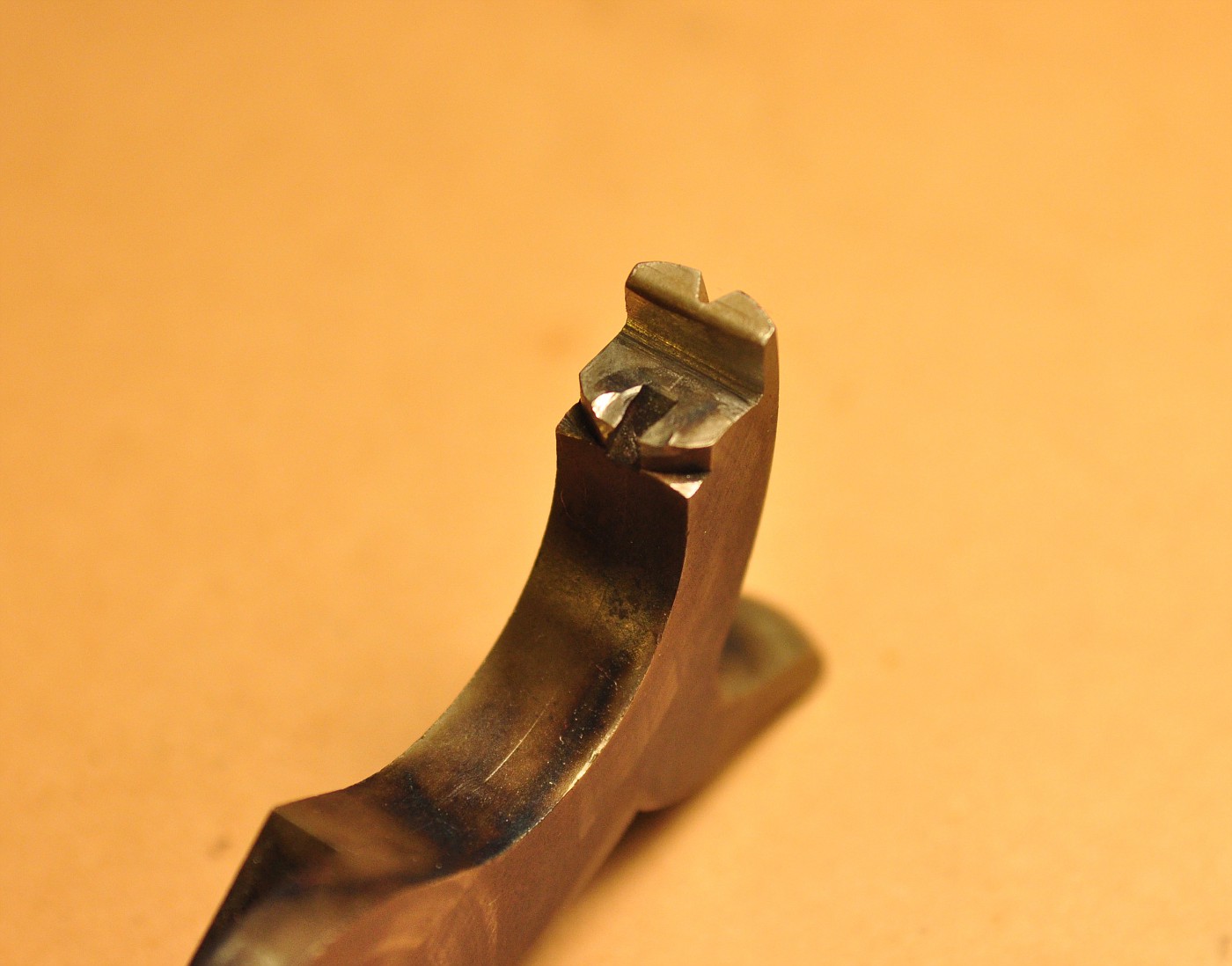
The solution would be to build up the hammer face with a much harder material.
I thought about TIG welding the hammer face and then hardening the hammers again. This would have been more work than simply turning a “plug” on the lathe and inserting it into the face.
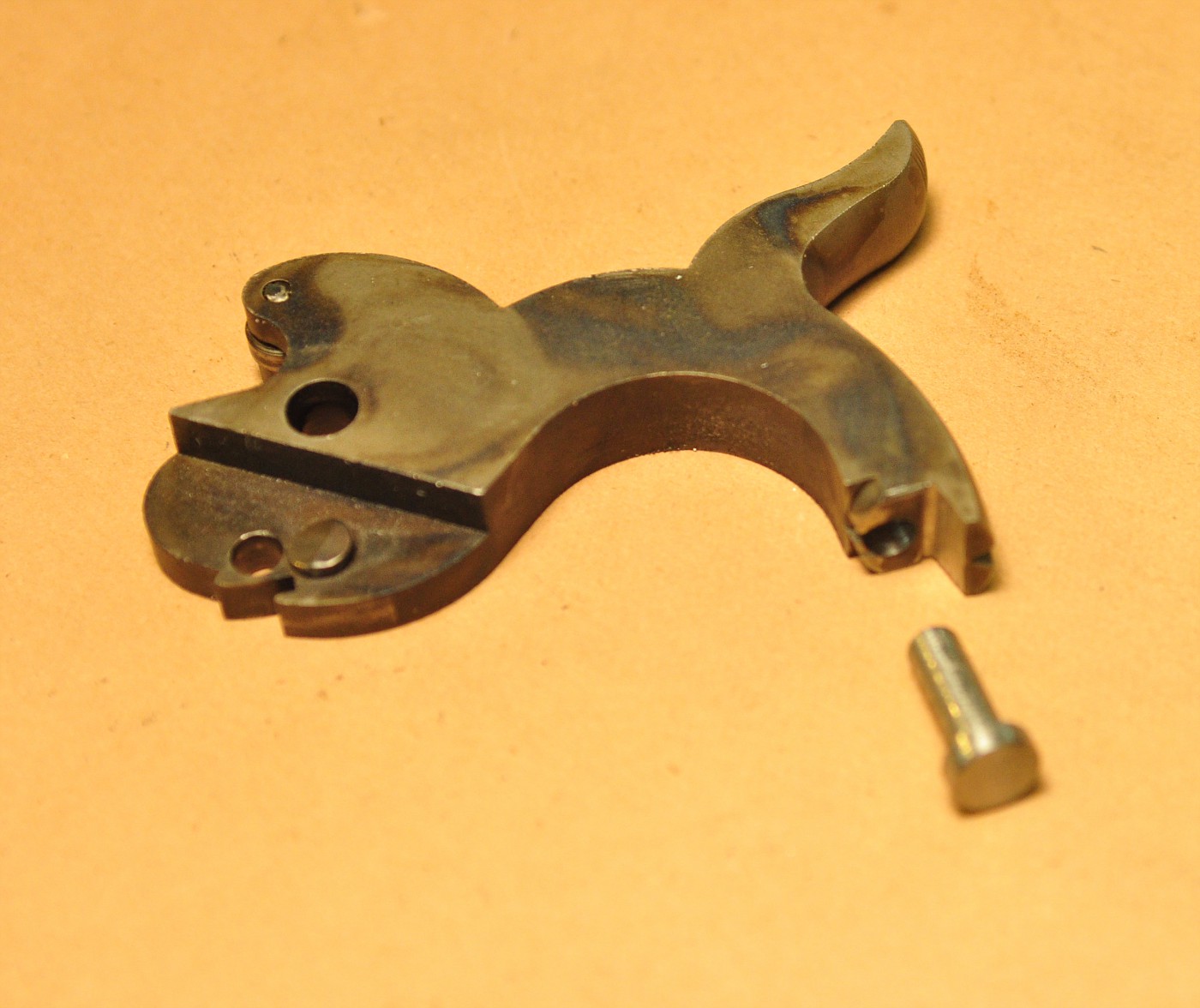
A hole would be bored into the face of the hammer. A “plug” would be turned from oil hardened drill stock. The hammer face would be milled flat and using Lock-Tite the plug would be driven home with a few taps of a hammer.
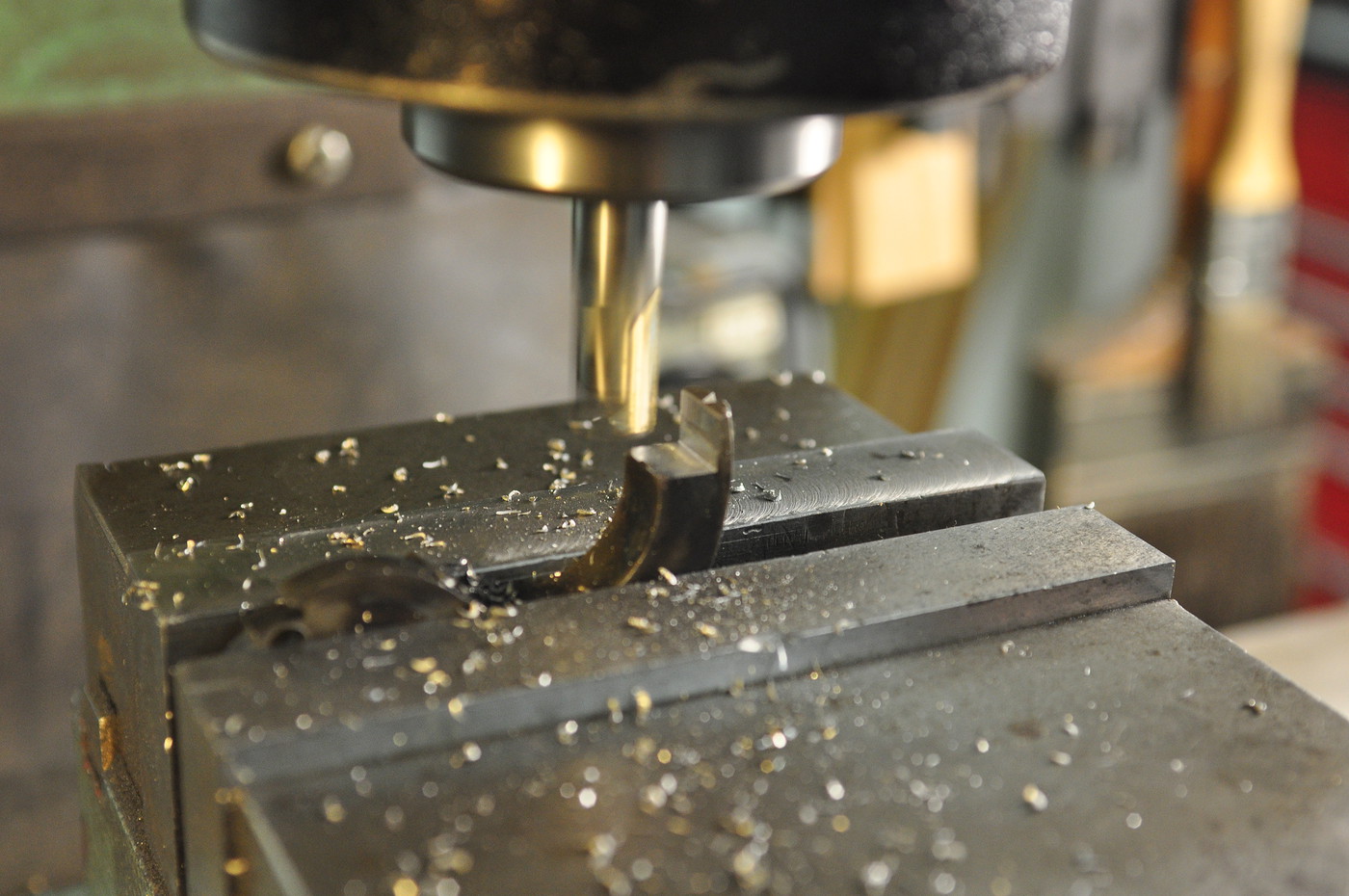
Here the hammer face is being milled flat in preparation to be drilled.

A .150″ hole is drilled into the hammer face to a depth of .375″.
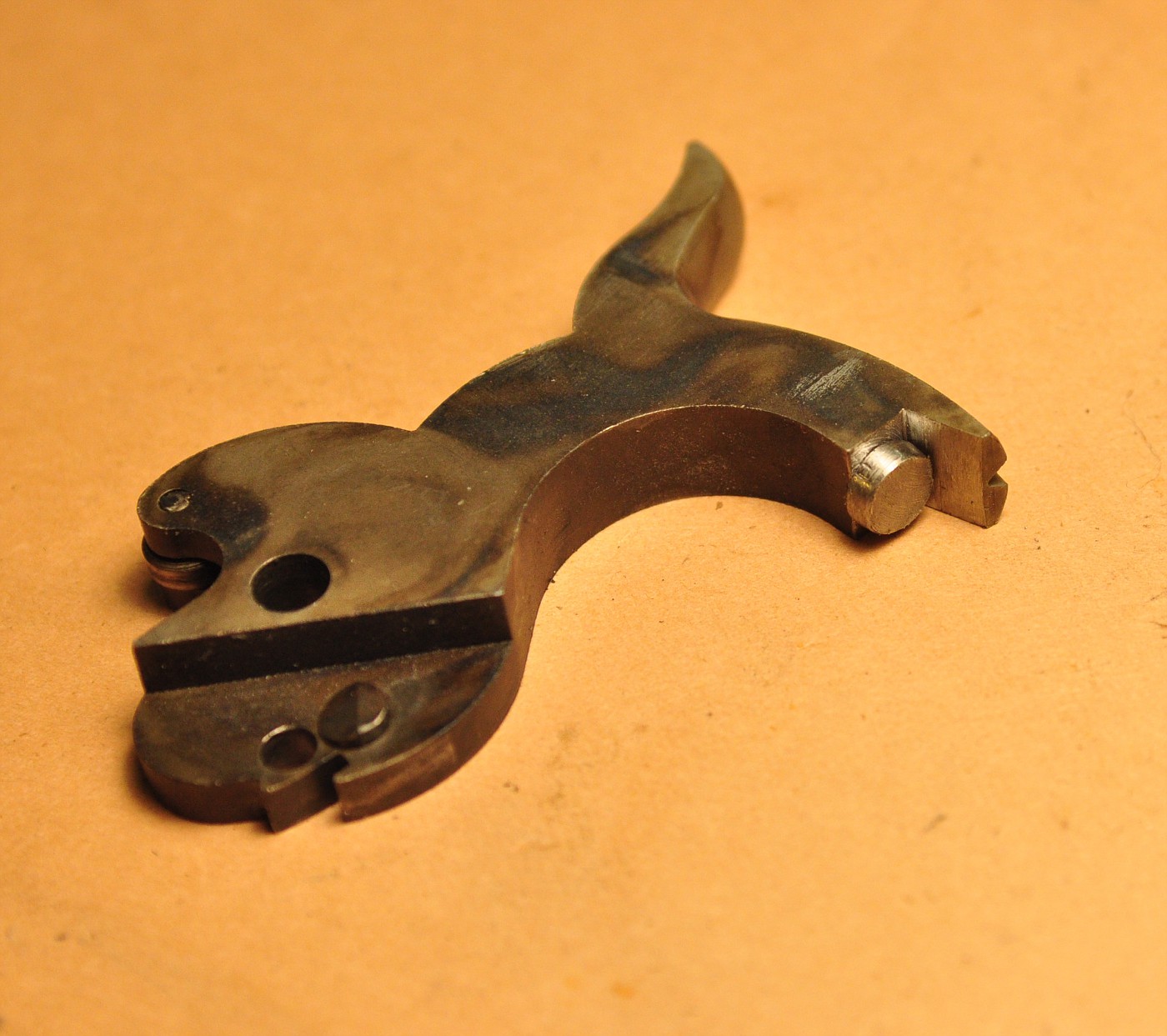
The plug is turned, hardened, and driven home with the aid of a large flat punch. Lock-Tite 620 is used to secure it.

DONE! Shouldn’t have any more issues with hammer face peening!
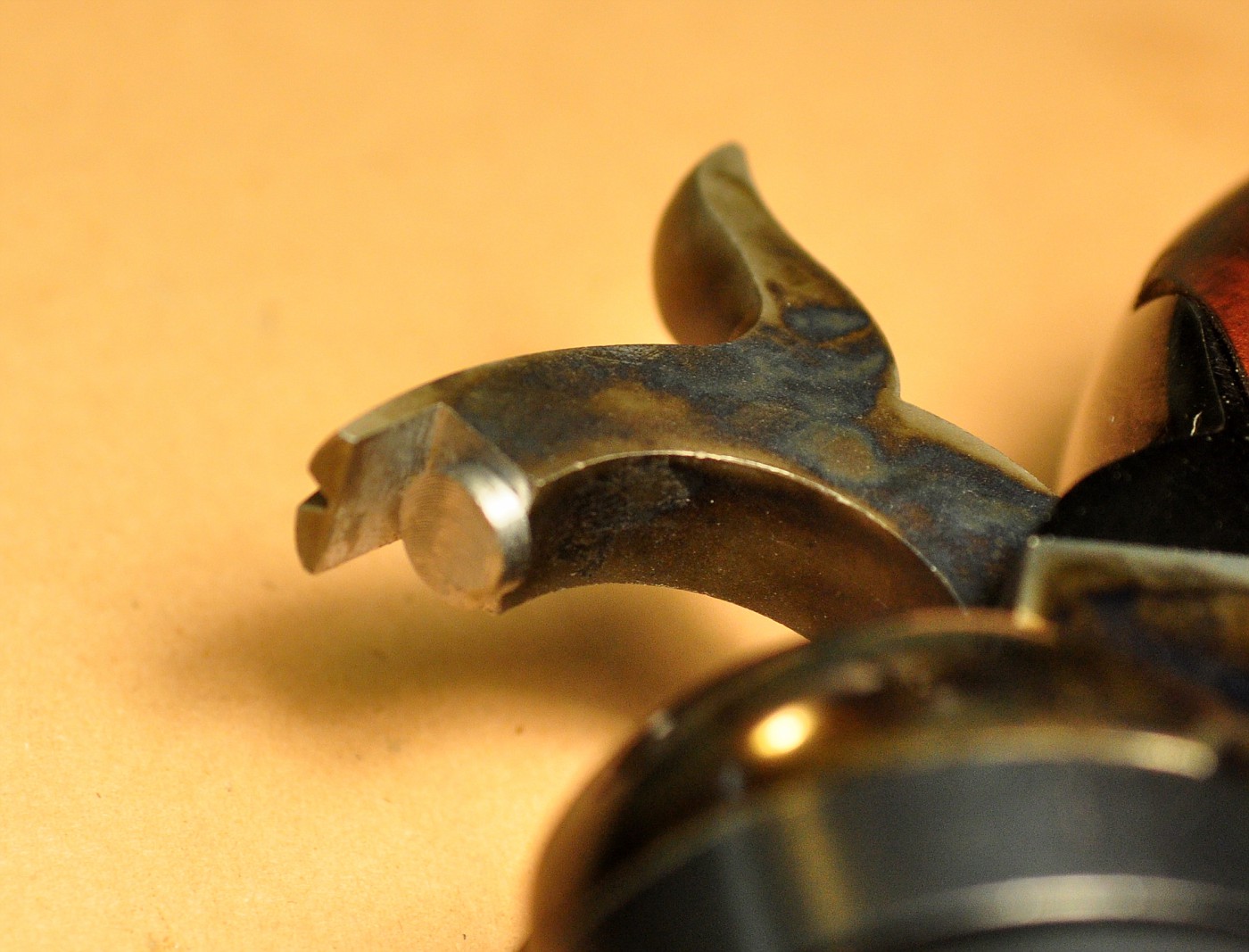
THANKS!

Pingback: 1860 Colt (Pietta) Hand Fix | RVB Precision